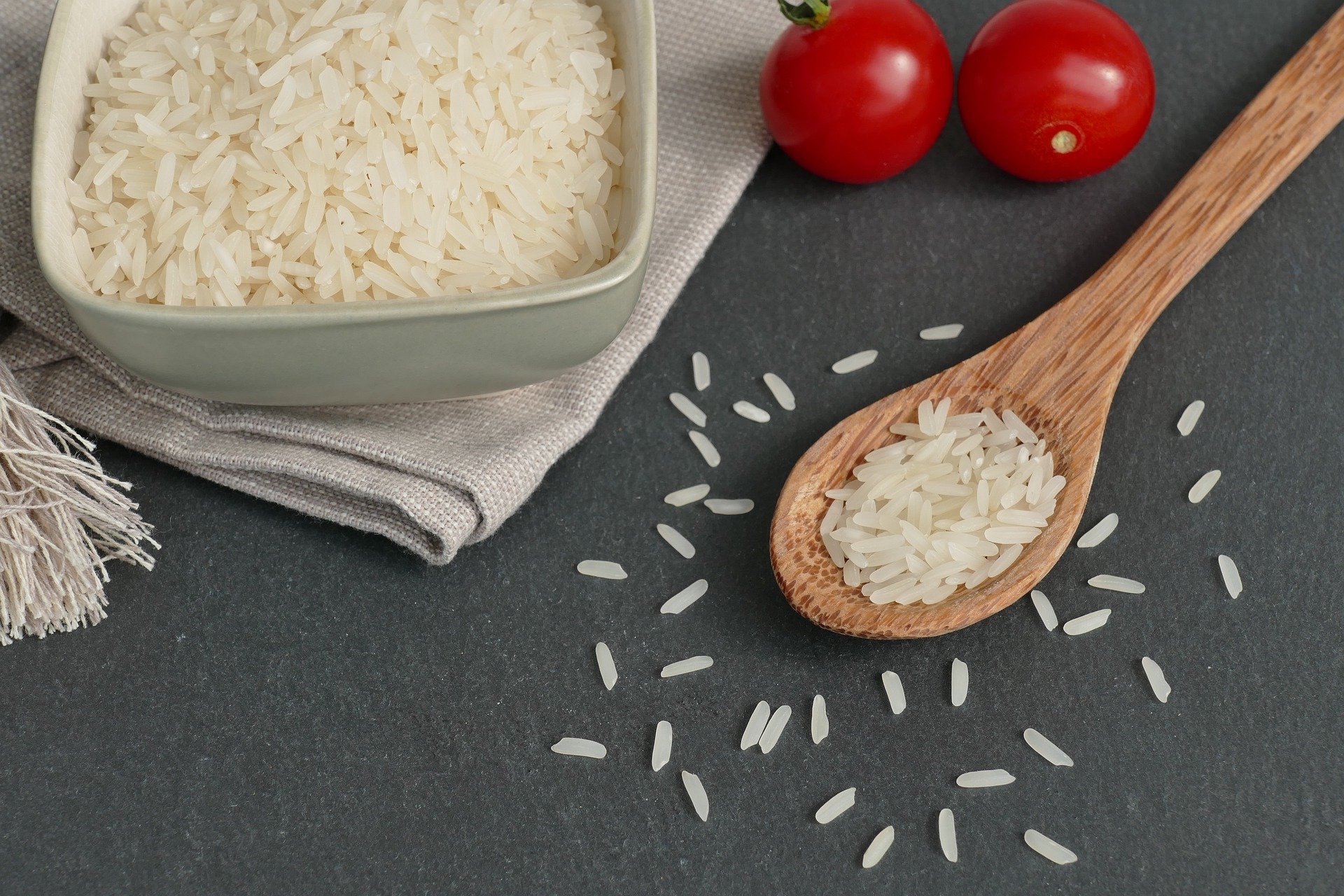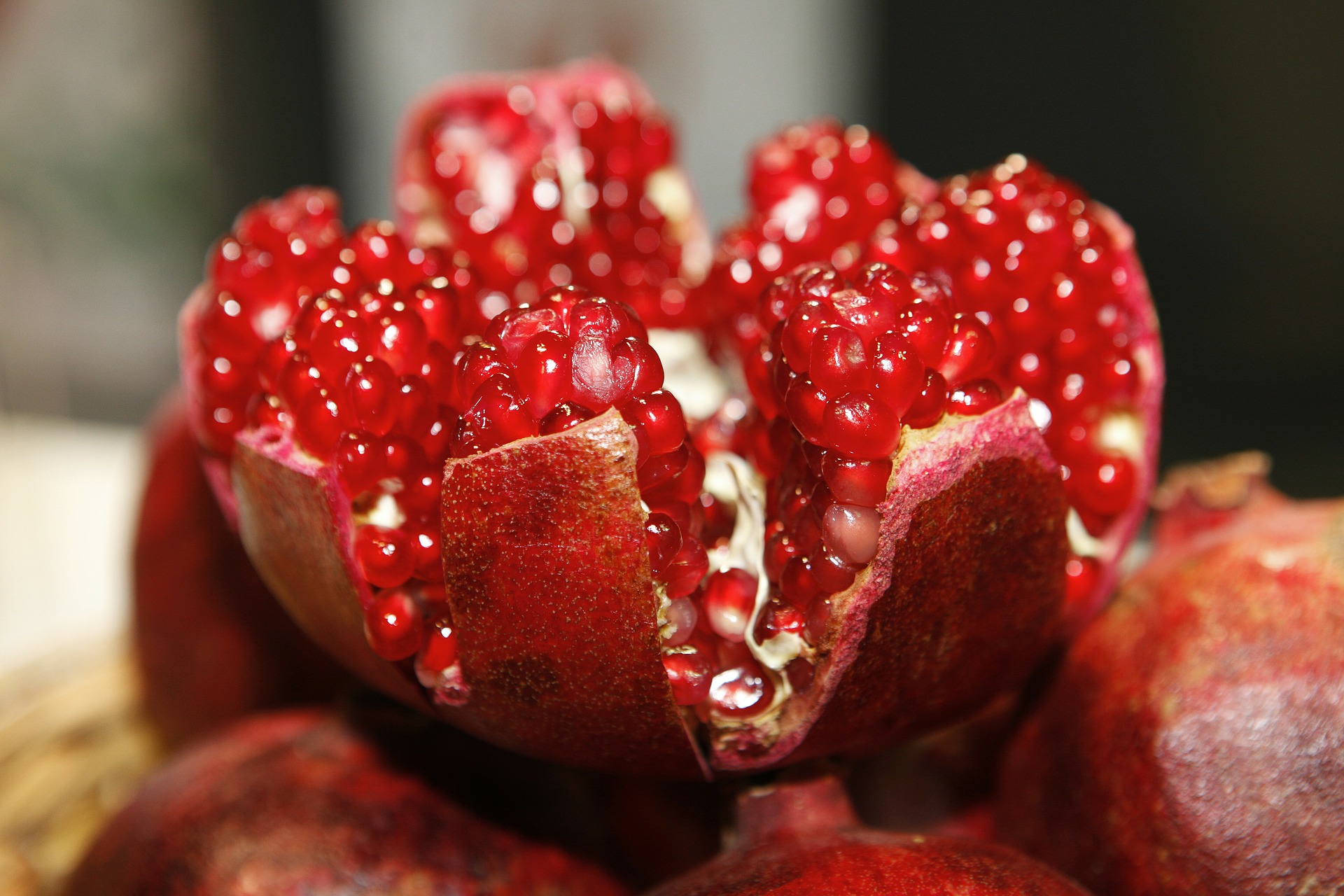Rice Adulteration
Rice is a staple and widely grown crop with rich genetic diversity. Rice is the seed of the grass species Oryza sativa (Asian rice). Since it is difficult to differentiate the seeds of different kinds of rice on the basis of visual observation, so there is a high possibility of adulteration of same seed and low quality seeds by unscrupulous traders into harvested seeds and post-processed products.
“Adulteration is a legal term meaning that a food product fails to meet legal standards. Adulteration means the addition of another substance to a food, either raw or prepared, to increase the quantity of the food item in form of raw or processed which may result in loss of the actual quality of the food item.”
Rice adulteration is possible either accidentally or intentionally from the time the crop is harvested until the grain reaches the hands of consumers. Commonly adulterated rice includes brown rice, polished rice, rice flour, rice cake and rice bran oil. Rice adulteration is the worst of all contaminants. Unfortunately, many such incidents are being shared on social media and news channels.
The types of adulteration that are carried out:
- Toxic or harmful substances
- Dirt and foreign matter
- Economic mix
- Generally, if a food contains any poisonous or harmful substance that can make it injurious to health, it is adulterated.
So, before cooking rice check whether it is adulterated or not through the following steps.
The methods of detecting adulteration in common rice are:
- Burn rice: Light some rice with the help of a match stick or lighter. If they are plastic rice or have a small amount of plastic material in them, you will get a distinct burning smell. This is because plastic rice cannot be cooked, and it hardens when boiled. When the rice water removed from it becomes thick, it looks like plastic. This is an easy way by which one can know whether the rice contains plastic or not.
- With water: You can also check the adulteration in rice through water. For this, take water in a bucket, then add rice to it. If the rice floats on top, it is obvious that the rice is made of plastic because natural rice does not float in water.
- With hot oil: First of all, heat oil in a vessel. Then put some rice in it; If it is adulterated, it will quickly stick to the pan. However, natural rice will never stick. In this way also you can differentiate between real and artificial rice.
- Adulteration in Boiled Rice: Adulteration in rice can also be detected during boiling. If the rice is made of plastic, a thick crust will form on the when it boils. On the other hand, if it is natural, it will cook with a superficial layer.
- Fungus in Rice: Boil rice and keep it in a bottle for two to three days. If boiled rice does not contain fungus then it is adulterated and if it does contain fungus then it is authentic.
Check Your Sella Rice for Adulteration With These Simple Steps
- Take your handful of sella rice and put it on a glass plate.
- Then proceed to add a little bit of soaked lime or lime to the rice. Soaked lime is easily available in the market.
- If the soaked lime turns red, it means that turmeric has been mixed in your Sella rice.
If the soaked lime remains white with no change in color, then your rice is unadulterated and safe for consumption.
Written by: Tayyba Tanveer



